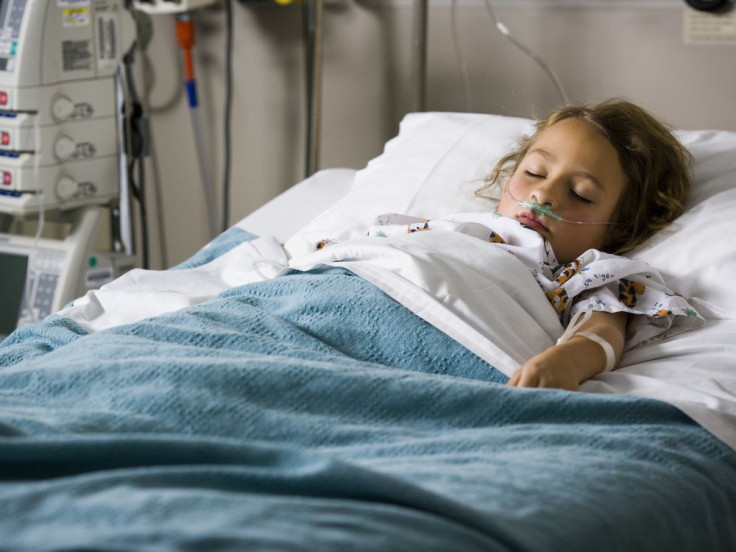Most Pediatric Cancer Survivors Suffer From Chronic Health Conditions

When it comes to childhood cancer, scientists can report some very good news but also some discouraging findings. While the number of childhood cancer survivors has increased dramatically, there appears to be a steep price paid. The majority of patients who survive five or more years suffer from at least one chronic health condition.
"Amazing strides have been made in the diagnosis and treatment of childhood cancers which I think the data from this study highlight. Beyond that, I think the important message from this study is that caring for childhood cancer survivors doesn't just stop with curing the cancer," Dr. Siobhan M. Phillips, lead author and assistant professor of preventive medicine at Northwestern University Feinberg School of Medicine in Chicago, told Medical Daily. She also noted “The burden of chronic conditions in this population is profound, both in occurrence and severity."
Phillips conducted the current study in order to update out-of-date estimates of the total number of childhood cancer survivors in the United States, while also investigating their chronic diseases. She and her co-researchers used data recorded between 1975 and 2011 from nine U.S. Surveillance, Epidemiology, and End Results (SEER) registries and information detailed in the Childhood Cancer Survivor Study (CCSS). This second study contains data on more than 14,000 survivors of childhood cancers from 26 cancer centers across the U.S. and Canada.
From these sources, Phillips and her colleagues estimated the total number of childhood cancer survivors in the U.S. to be 388,501; this is an increase of 59,849 from the previous estimate made a decade ago. Of these survivors, about 84 percent had survived five or more years. While this represents a phenomenal scientific achievement, the researchers also uncovered a few sad truths.
Problem Solving and Memory
About 70 percent of the survivors suffered from a mild or moderate chronic condition, while nearly a third (32 percent) endured a severe, disabling, or life-threatening chronic condition. Of the survivors between the ages of 20 and 49, just over one-third (35 percent) had neurocognitive dysfunction, while somewhere between 13 and 17 percent said they experienced mental health issues, functional problems, pain, activity limitations, or anxiety.
What exactly does neurocognitive dysfunction mean in this case? Researchers asked survivors to fill out a questionnaire detailing problems they experienced in the past six months related to memory, organization, emotional regulation and task efficiency. "Survivors who scored in less than the 10th percentile of norms for the sibling group in any of these four areas was considered to have impaired neurocognitive function," Phillips told Medical Daily. "This means they likely have more trouble remembering things, problem solving, prioritizing tasks, and completing tasks quickly than individuals of similar age." In terms of mental health, the levels of psychological distress survivors experience is indicative of a clinical diagnosis of depression, anxiety, or another mental health condition, she added.
“We’re in the unfortunate situation in that many of the drugs that work to kill cancer cells also have toxic effects on normal cells,” Dr. Andrew L. Kung, chief, division of hematology, oncology, and stem cell transplant of Columbia University, told Medical Daily at a recent briefing. While some childhood cancers have a tremendous 90 percent cure rate, he explained, “one of the impetuses for us to really drive forward with the development of targeted therapies is to be able to replace some of the toxic therapies with less toxic therapies.”
For instance, some oncology drugs have toxic effects on the heart, so, when treating a child, the “calculus is slightly different,” Kung said. “You have to think about the side effects not only over the next 10 years, 20 years, 30 years, but potentially 60 or 70 years of life.”
Source: Phillips SM, Padgett LS, Leisenring WM, et al. Survivors of Childhood Cancer in the United States: Prevalence and Burden of Morbidity. Cancer Epidemiology, Biomarkers & Prevention. 2015.



























